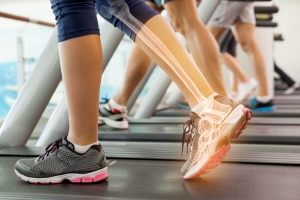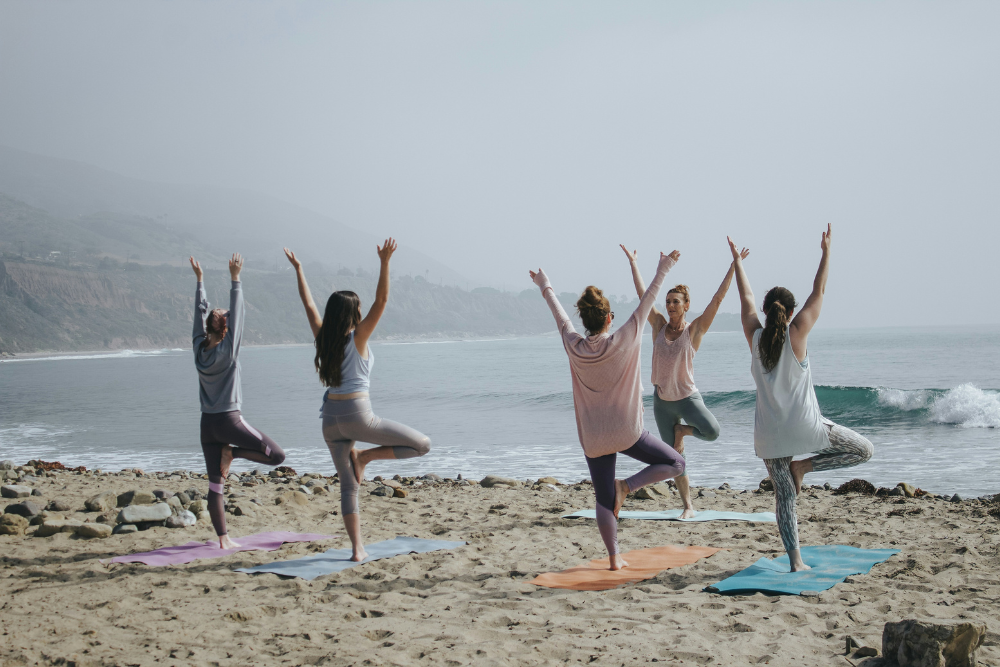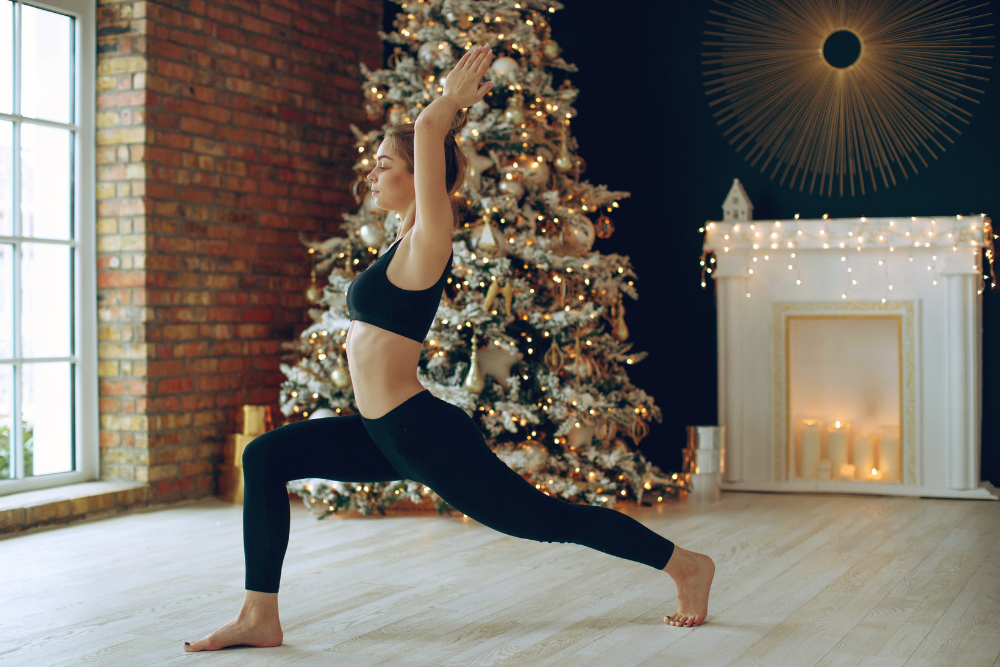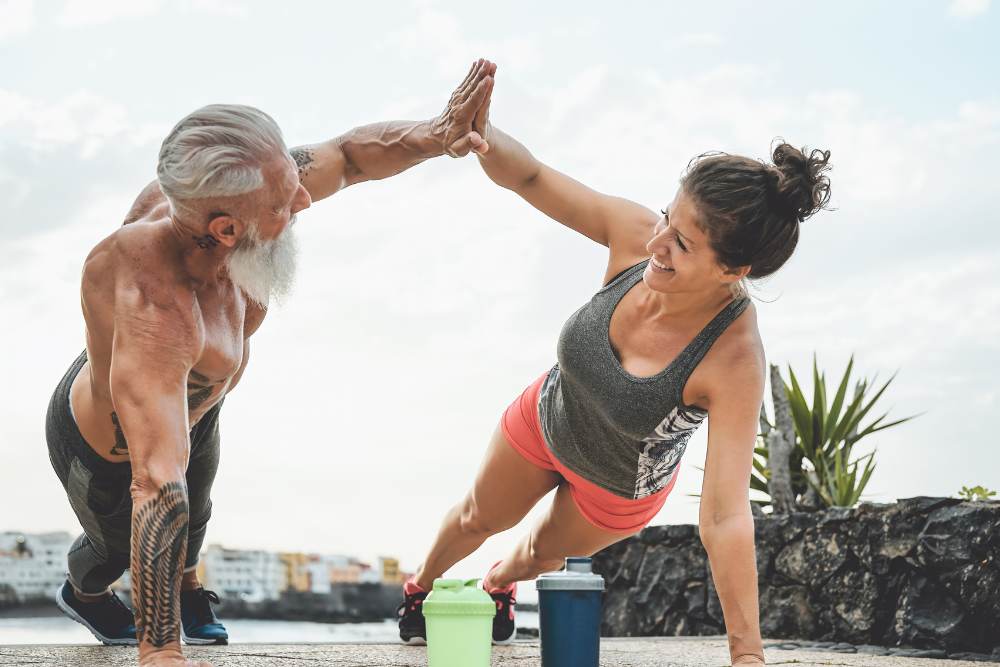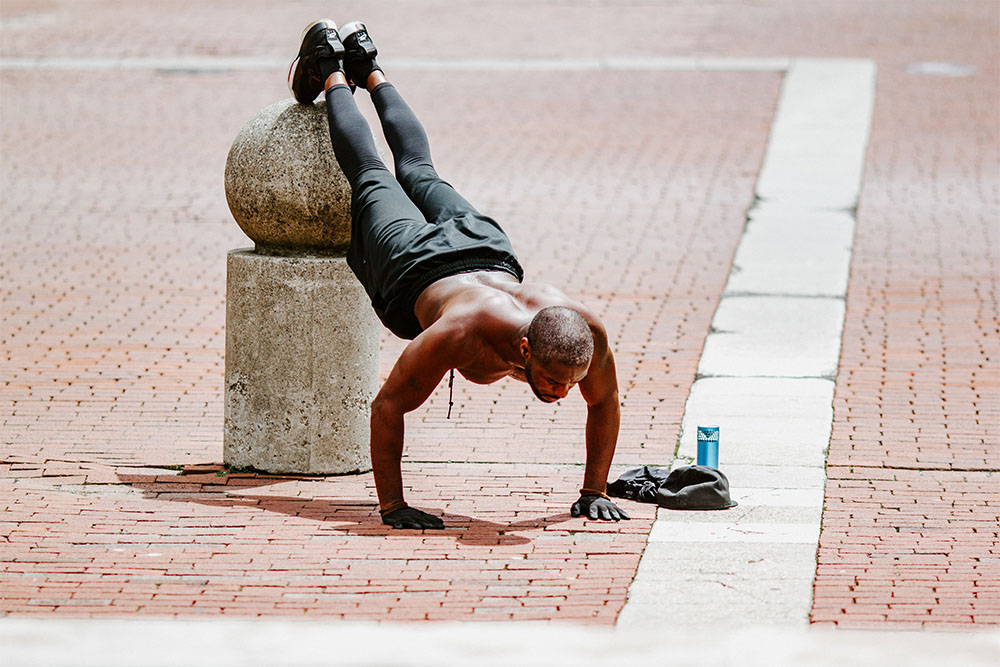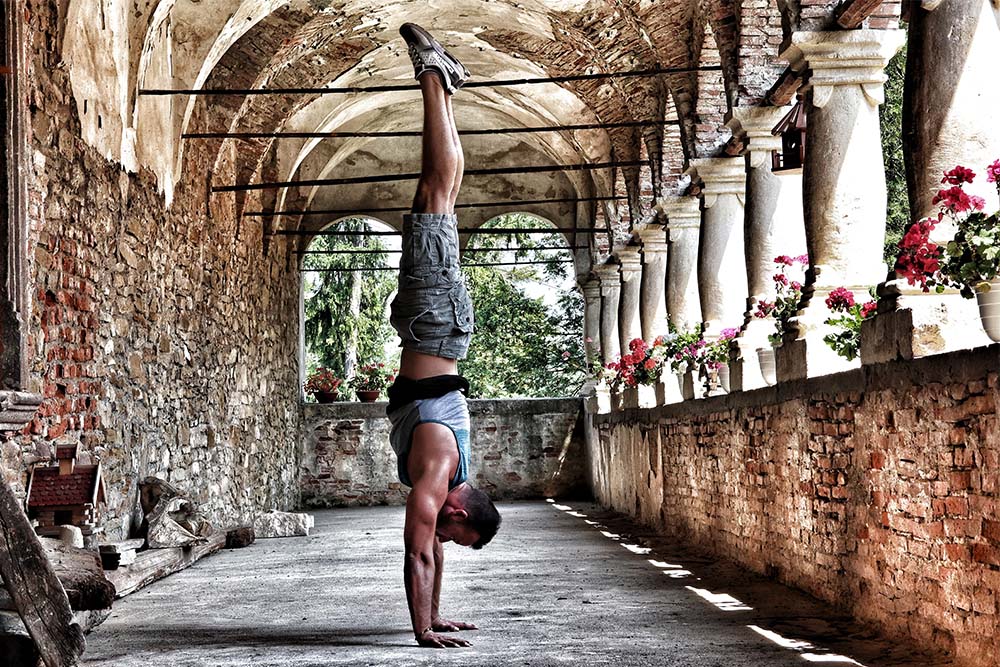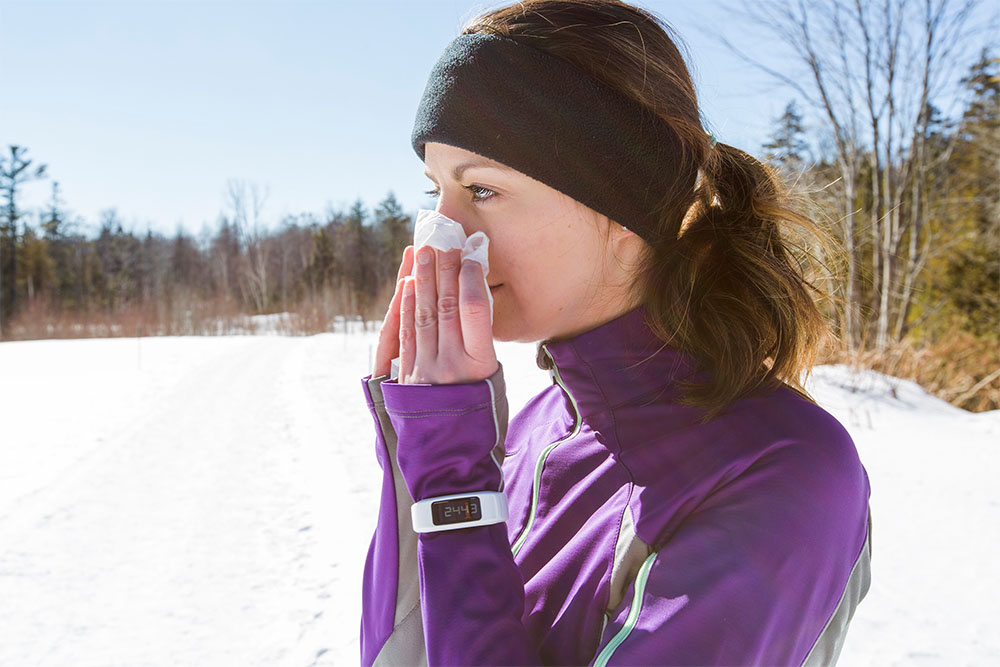Exercise as a Stimulus for Bone Health
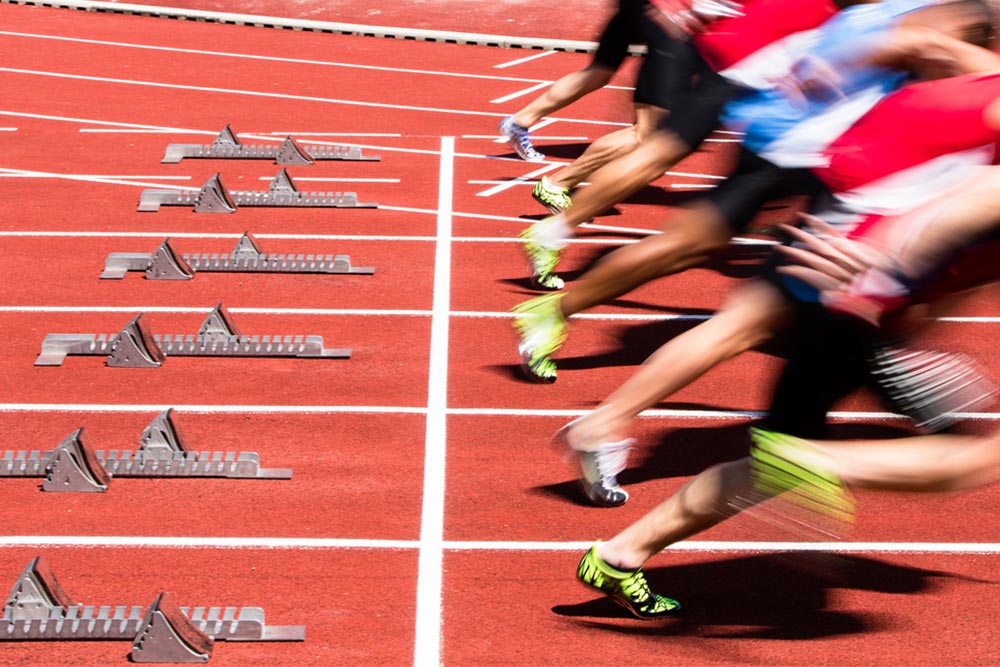
Evan Stevens
Based on a talk by Tom Hazell at Take Control of Your Health/Wellness – Exercise Nutrition Symposium, University of Western Ontario
Bone health is something at the forefront of many of our minds these days. As we age, we know our bones become more brittle, falls become a source of worry and what was once just a bump on the rump can turn into a lengthy stay in the hospital for a broken hip. So far, we know that exercise is good for soft tissues – muscles, the heart, lungs, and blood, but what about bones? Dr. Hanzell led us through how bone health is changed with activity.
Bone has several different purposes – protecting organs, red blood cell production, mineral reservoirs, and attachment of skeletal muscle. Bones are the way in which we are able to move. Muscles may generate the power, but without bones we don’t have the machinery to move. It is also important to remember that bones are metabolically active. Dr. Hanzell says that while many see bones simply as a hard substance within our body, bones are constantly being remodelled through actions of formation and resorption (minerals being taken from the bone). When we age, resorption seems to increase over formation, which can lead to bone becoming porous and brittle, what we know as osteoporosis.
So how can we prevent osteoporosis and improve bone health? Dr. Hanzell says that if you are approaching 50 and over, there’s not much you can do to improve bone mass/density. This is because peak bone mass, the most you will ever have and is when bone formation is greater than resorption, is achieved in your 20s to 30s. As you age, hormones change and your metabolism slows. Your body taps into your bone reservoirs to take up mineral nutrients if you can’t absorb or deal with the minerals in your diet (either from a decrease in absorptive ability or decreased processing speeds requiring additional support from the bone).
This inability to lay new bone down quickly is what leads to over 30,000 hip fractures a year in Canada, which is more than heart attack, stroke, and breast cancer combined. Of those who do endure a fracture, about a third of those will re-fracture. Osteoporosis affects women more so than men because once menopause hits, bone losses are more dramatic and happens at a faster rate due to increased hormonal changes.
Not to fear,
Dr. Hanzell says; while peak bone mass is determined in your 20s and early 30s, you can slow or mitigate bone loss in later years through weight-bearing exercise. While diet and supplements help to supply the body with needed minerals, bone is maintained mostly through weight-bearing exercise. Through exercise, bone goes through a number of forces – tension, pulling, bending, compression and shear – and these forces, or “stimuli,” illicit a response from bone remodelling cells that tell the body that bone is needed at these sites. This is called Wolff’s Law – bone is formed at sites where it is needed and resorbed from areas where it is not. Thus, we need to stress areas where the bone is weak, in osteoporosis this is usually in the wrists, back, and pelvis. The best way to do this is through moderate to intense running exercises, and resistance training using weights.
The goal is to increase loading forces on the bone to increase bone deposition at these sites because it is where bone is needed. Dr. Hanzell quoted a number of studies that showed that the more strenuous activity someone did, the risk of fracture decreased significantly. Weight training should be done at the heaviest weight you can manage as more weight means more force acting on the bone, which leads to increase in bone density. Running may seem daunting for some with a common complaint being that it is too hard on their joints and that only exacerbates osteoporotic pa in. However, Dr. Hanzell challenges with the pain not being from the joint, but that the muscles around the joint have become too weak to support more intense work on the joint. Strengthening the muscles not only seems to help prevent osteoporotic fractures, but joint pain as well.
Take Aways:
1. Peak bone mass is attained in your 20s and early 30s
2. After the age of 40 you lose about 0.5% bone mass per year
-Women lose bone mass at a faster rate after menopause
3. Bone mass cannot be increased in middle age, but can be slowed or mitigated with exercise
4. Bone is concentrated where physical stress is high
-Intense running/intervals and weight training at high weight is best for bone density
Related Post: Bone Health And Muscle Fibers – Something That Shouldn’t Be Ignored

